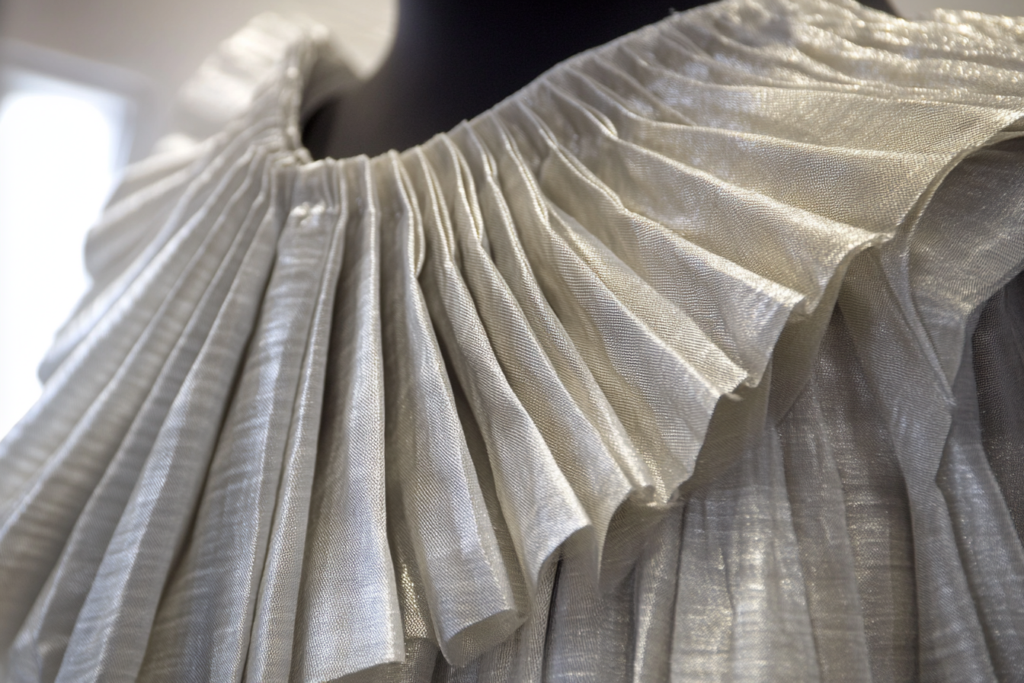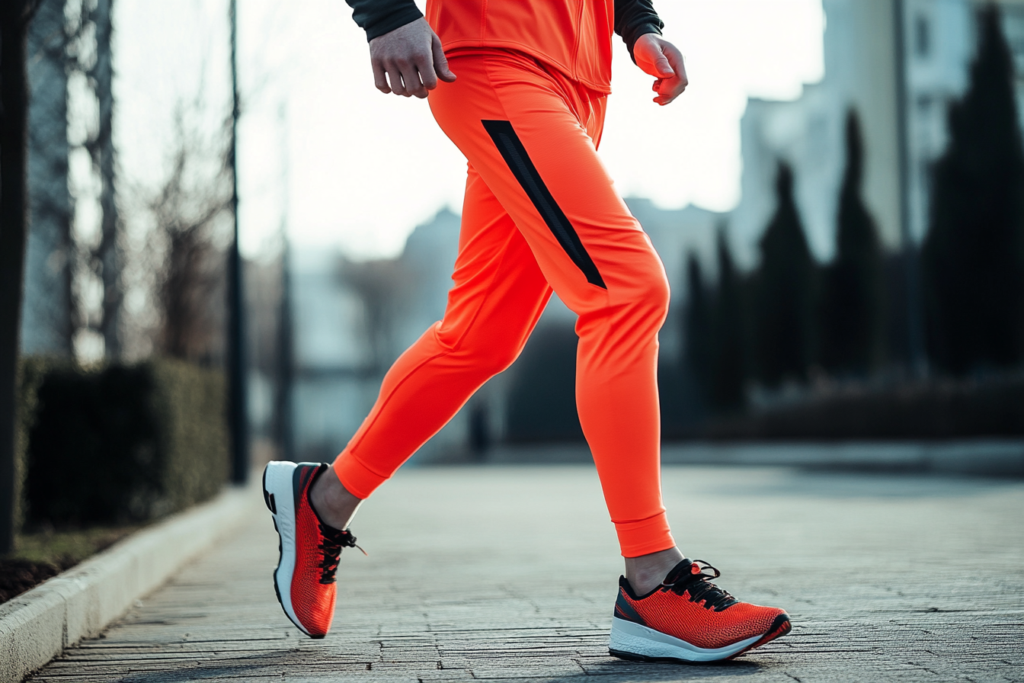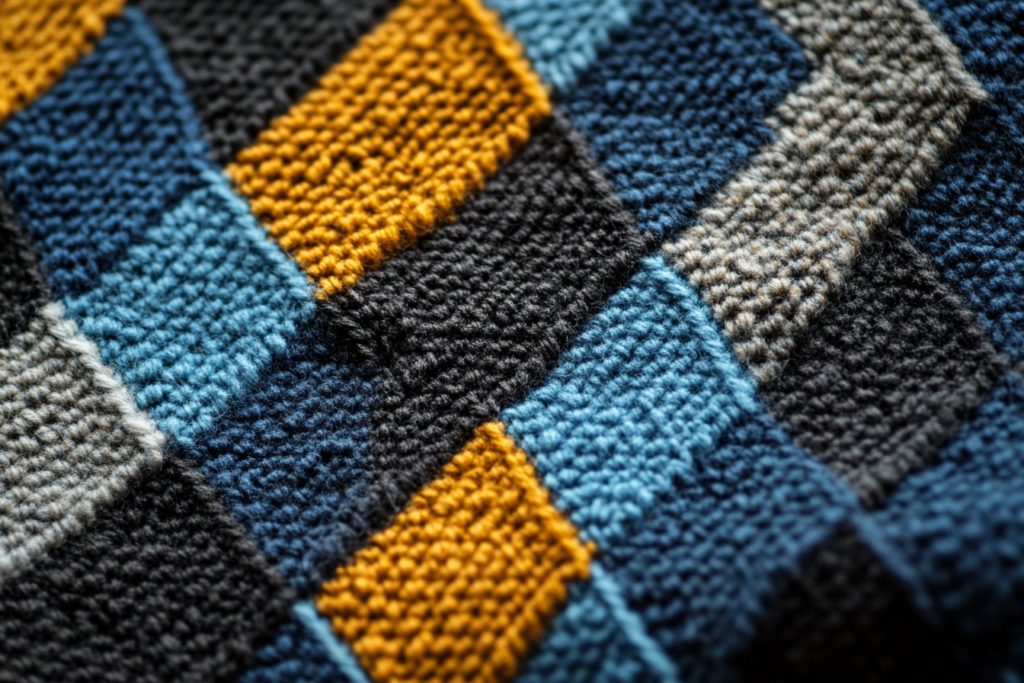What Is a Bound Seam (BS)?
A bound seam (BS) is a type of seam construction where the raw edges of fabric are enclosed in a strip of fabric, often matching or contrasting with the garment’s main material. The narrow strip of fabric, known as a binding, wraps around the raw edges of the seam, securing them in place and preventing any fraying. This method is especially popular in garments that require extra durability and a refined finish, such as jackets, dresses, skirts, and blouses.
The primary benefit of a bound seam is that it not only hides the raw edges but also adds a decorative touch, giving the garment a more polished appearance. Additionally, bound seams are incredibly durable and prevent the fabric from unraveling, which is especially important in high-quality or structured garments.
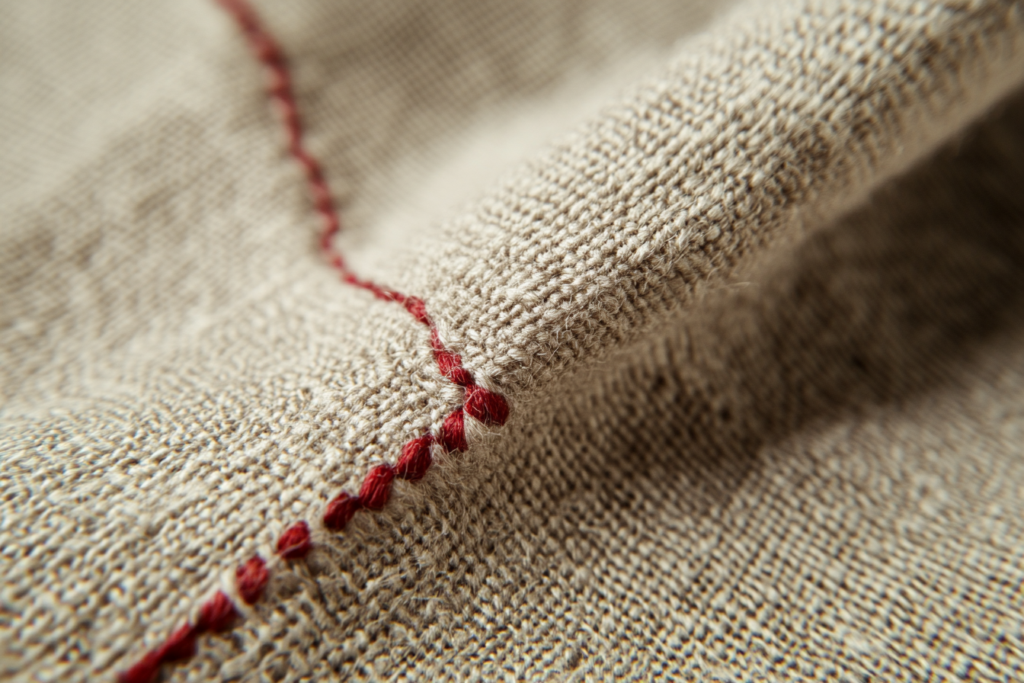
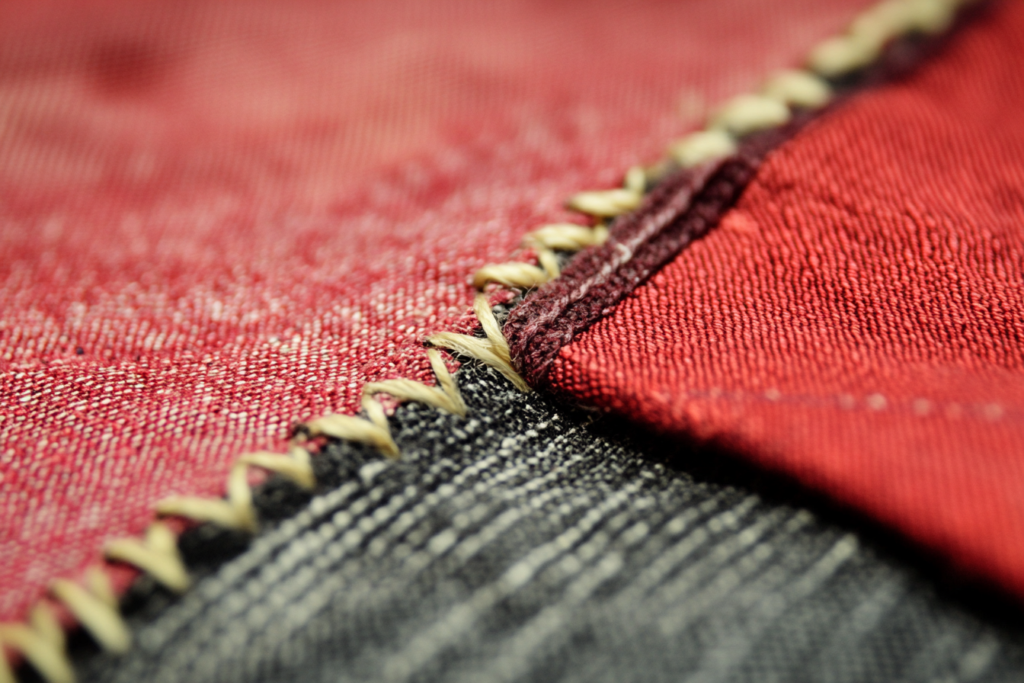
Features and Benefits of Bound Seams
1. Clean and Polished Finish
One of the most significant advantages of a bound seam (BS) is its ability to provide a clean and polished finish. By covering the raw edges of the fabric with a fabric strip, the seam looks neat and professional. This method is often used in high-end garments where aesthetic quality is as important as functionality.
2. Durability
Bound seams help improve the durability of the garment. The fabric strip protects the raw edges from fraying, ensuring that the seam remains intact over time. This feature is particularly useful for heavier fabrics such as wool, denim, and leather, which may experience stress during wear.
3. Versatility
Bound seams are versatile and can be used in a variety of garment types, ranging from casual wear to formal attire. They are especially popular in garments like dresses and jackets that require a professional finish, but can also be found in lingerie, sportswear, and outerwear.
4. Enhanced Comfort
By enclosing the raw edges of the fabric, bound seams can reduce the chance of irritation on the skin. This makes them particularly useful in garments where the seam may come into direct contact with the skin, such as linings or collars.
Applications of Bound Seams in Fashion
1. Lining and Inner Seams
In many garments, bound seams are used to finish the inner seams, especially in jackets, blazers, and dresses. These garments often have multiple layers, and bound seams provide a durable and visually appealing way to finish the raw edges inside the garment.
2. Sportwear and Activewear
The stretchy nature of activewear fabrics often requires extra care to prevent raw edges from fraying. Bound seams offer both strength and flexibility, making them ideal for use in garments that experience a lot of movement.
3. Lingerie and Swimwear
In lingerie and swimwear, the comfort and smooth finish of a bound seam are key. The soft, fabric-bound edges prevent irritation and ensure that the garment fits comfortably without chafing.
4. Outerwear
For outerwear garments like coats and jackets, bound seams offer a strong finish and contribute to the garment’s overall structure. This method is particularly popular for denim jackets and blazers where both appearance and durability are important.
Why Bound Seams Matter in Clothing Design
For clothing designers and fashion manufacturers, using bound seams is an effective way to add value to a garment. Not only do they provide a professional finish, but they also improve the wearability and longevity of the clothing. When used correctly, bound seams can transform a simple garment into a high-quality, well-constructed piece of fashion.
Additionally, retailers and wholesale businesses can benefit from the use of bound seams as they cater to consumers who appreciate attention to detail and quality craftsmanship. The clean, finished look of a bound seam appeals to customers looking for garments that stand the test of time, both in terms of style and durability.

